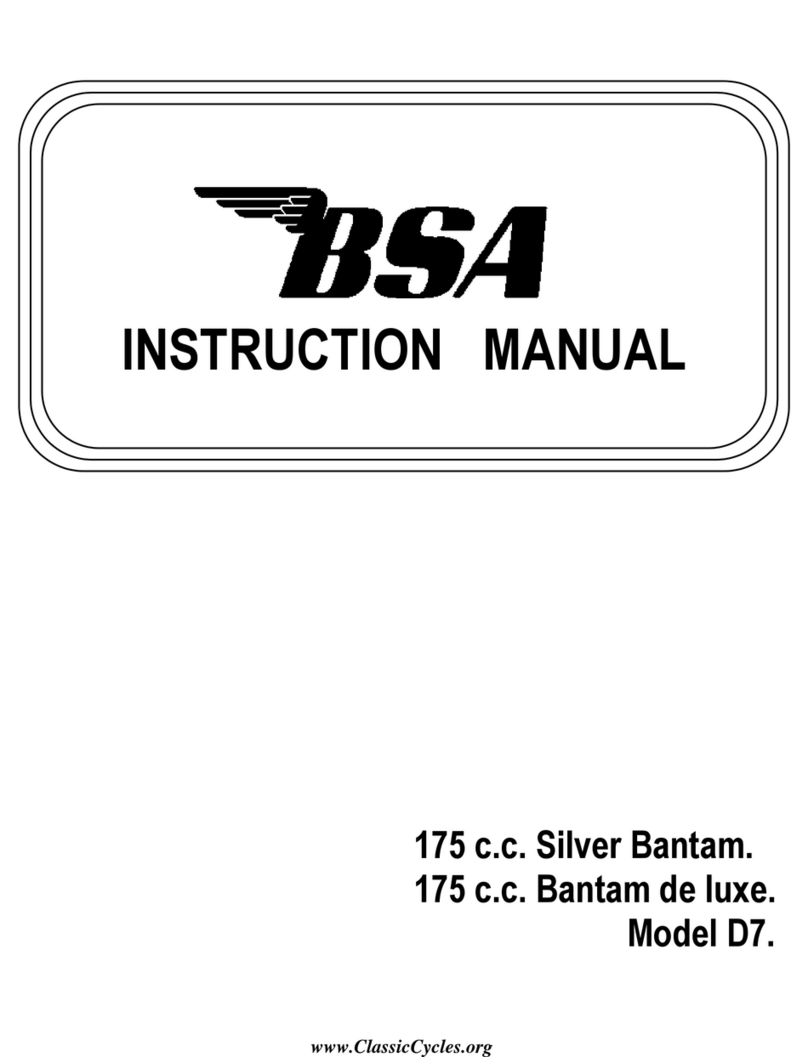BSA M20 User manual
Other BSA Motorcycle manuals
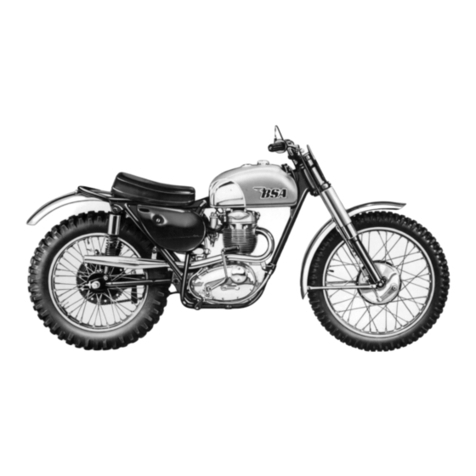
BSA
BSA 1967 B44 Victor Enduro User manual
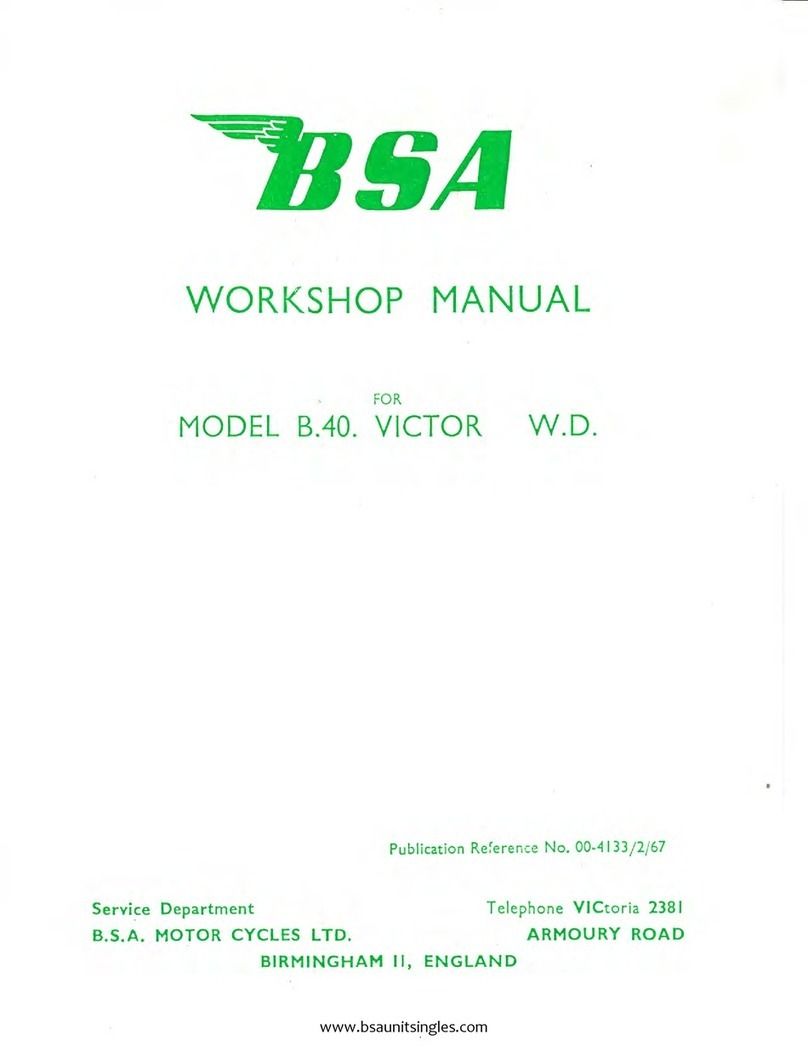
BSA
BSA B40 VICTOR W D 1967 Instruction manual
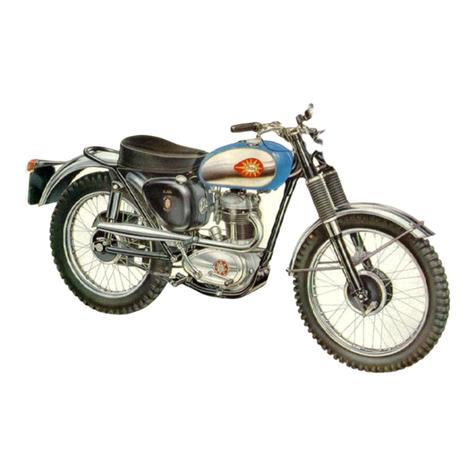
BSA
BSA 1962 C15T User manual

BSA
BSA B50MX Victor 1971 User guide
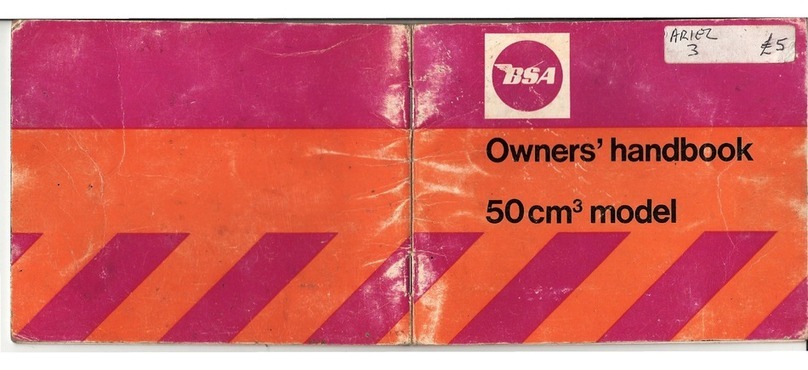
BSA
BSA Ariel 3 1970 User guide
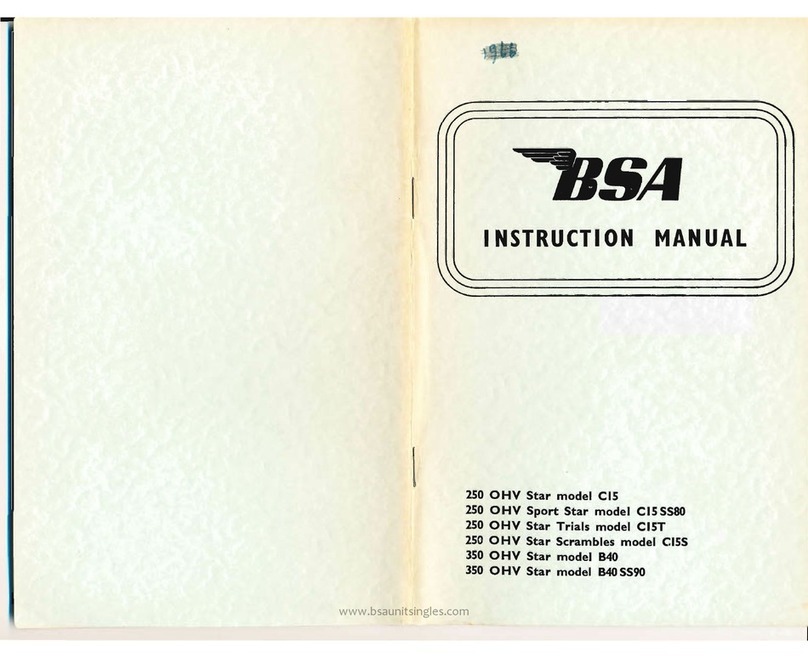
BSA
BSA C15 User manual
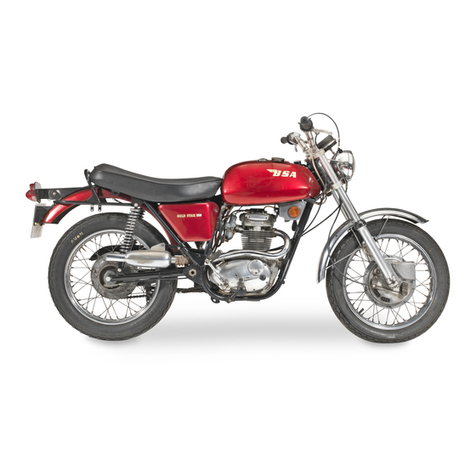
BSA
BSA b50 series User guide
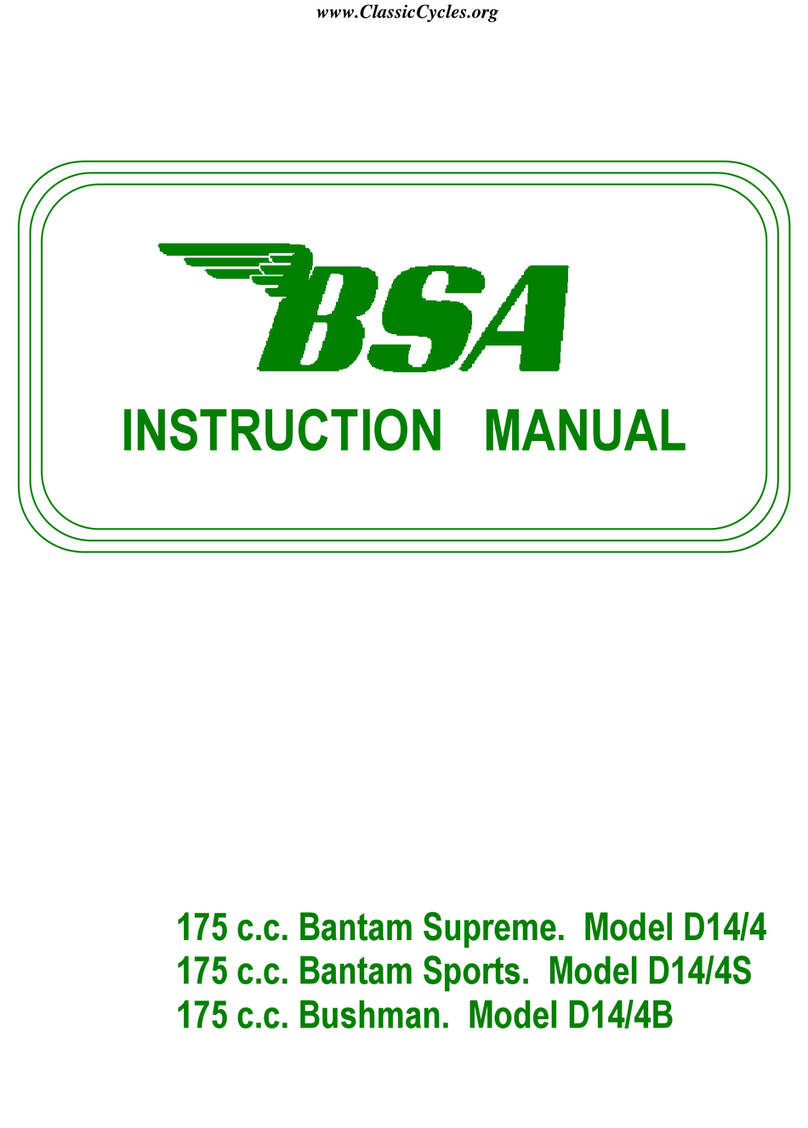
BSA
BSA D14/4 BANTAM SUPREME D14/4 BANTAM SPORTS User manual
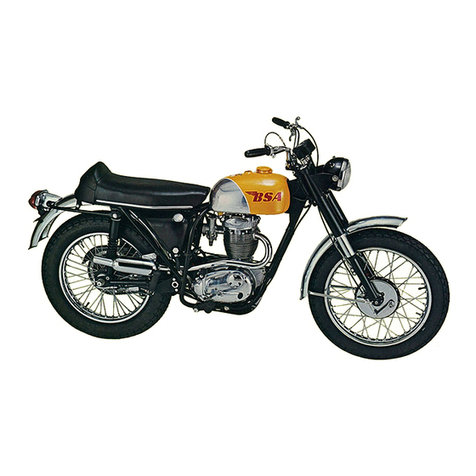
BSA
BSA 1966 Victor Special User manual

BSA
BSA Victor grand prix b44 User manual
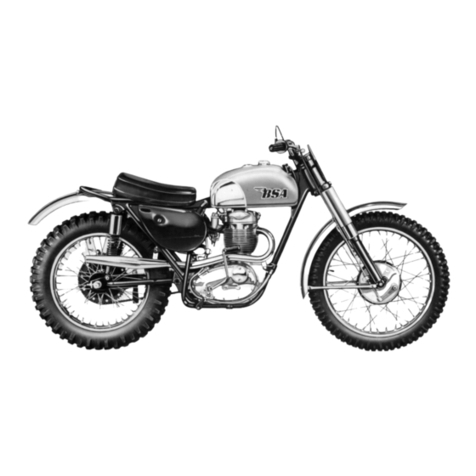
BSA
BSA Victor Grand Prix Instruction manual
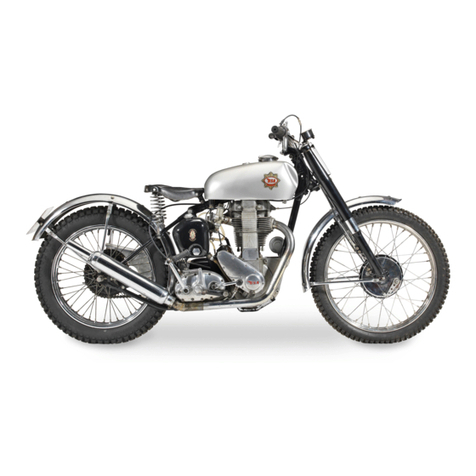
BSA
BSA B31 User manual

BSA
BSA D1 125 c.c. Bantam User manual
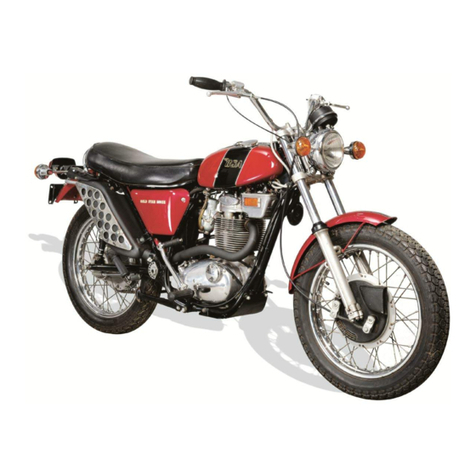
BSA
BSA B25SS Gold Star 1971 Instruction manual
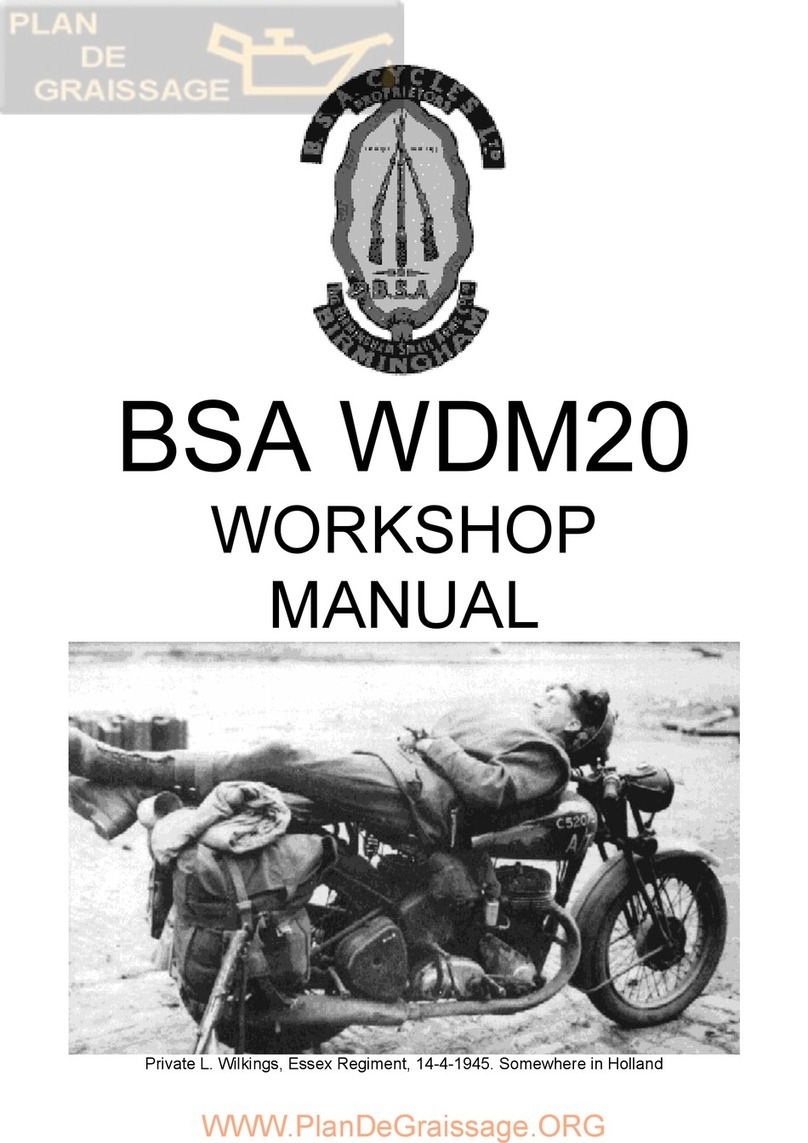
BSA
BSA WDM20 Instruction manual
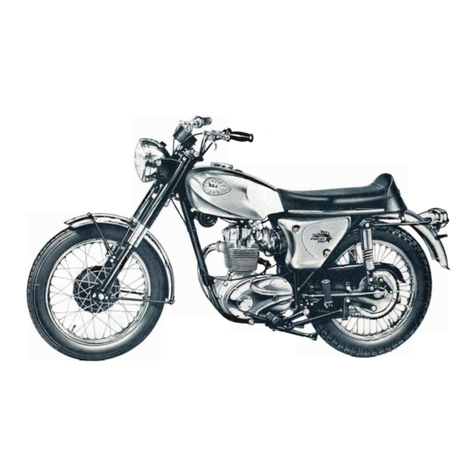
BSA
BSA 844 VICTOR Instruction manual
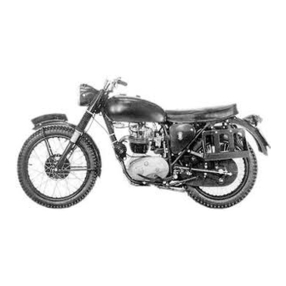
BSA
BSA B40 Release Note
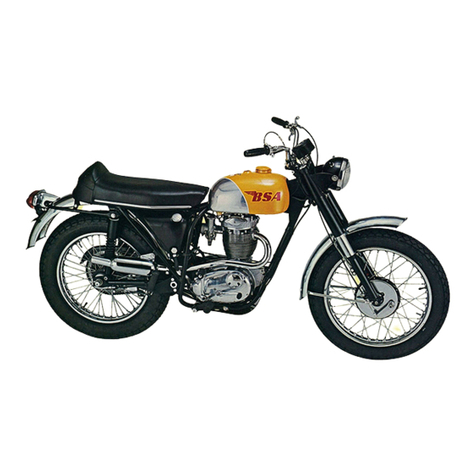
BSA
BSA Victor grand prix b44 User manual
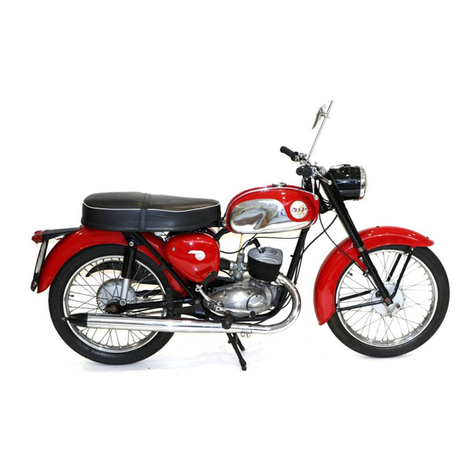
BSA
BSA D14/4 BANTAM SUPREME D14/4 BANTAM SPORTS Instruction manual

BSA
BSA Victor grand prix b44 User manual
Popular Motorcycle manuals by other brands

MV Agusta
MV Agusta Brutale 675 Workshop manual

APRILIA
APRILIA RSV MILLE - PART 1 1999 User manual content

Royal Enfield
Royal Enfield Himalayan 2018 owner's manual

SSR Motorsports
SSR Motorsports Lazer5 owner's manual

MOTO GUZZI
MOTO GUZZI 2005 Griso 1100 Use and maintenance book

KTM
KTM 85 SX 19/16 owner's manual
